Criteria i, ii, iii, iv UNESCO World Heritage Site inscription 1997 | Type Cultural Reference 549 | |
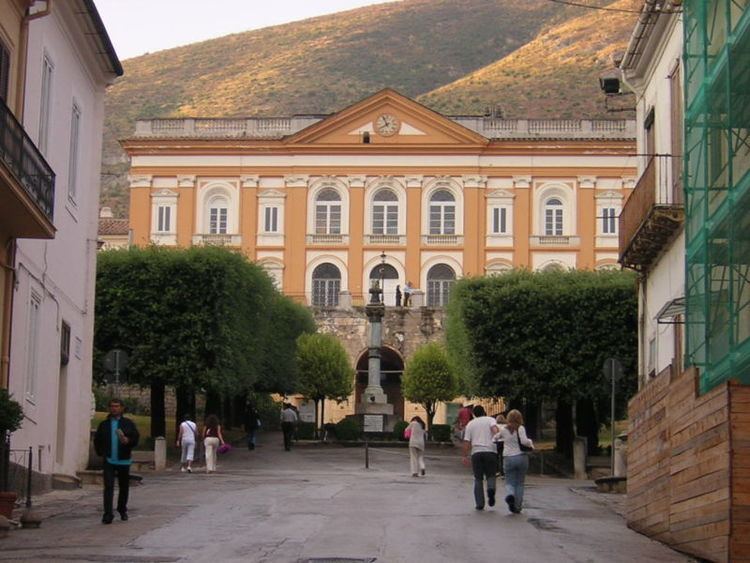 | ||
Similar Palace of Caserta, Aqueduct of Vanvitelli, Royal Palace of Naples, Royal Palace of Carditello, Sant'Angelo in Formis | ||
San leucio un sogno di seta
San Leucio is a frazione of the comune of Caserta, in the region of Campania in southern Italy. It is most notable for a resort developed around an old silk factory, included in the UNESCO World Heritage sites list in 1997.
Contents

It is located 3.5 km northwest of Caserta, at 145 m above sea level.
Campania caserta il borgo di san leucio
History
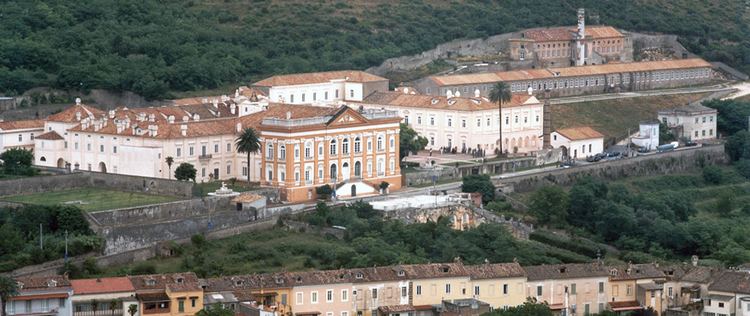
In 1750 Charles VII of Naples, advised by minister Bernardo Tanucci, selected this place, originally the site of a royal hunting lodge for the Acquaviva family (now restored, and known as Palazzo del Belvedere), for an unusual social and technological experiment, a different model of production based on technical innovation and alert to the needs of workers. In its early days, San Leucio resort was a place for pleasure and a royal hunting preserve, built on the ruins of Saint Leucio church, where an aqueduct carried water to the waterfalls of the Royal Caserta Palace, designed by Vanvitelli. The son of Charles, Ferdinand I, had a hunting lodge built for himself on this site. He was a very skillful hunter who disliked the pleasures and luxury of court life. It was here that Charles and the young king Ferdinand built a silk factory. The complex was transformed into a silk production site and industrial buildings were added, which was quite unique in late 18th-century Europe. Architect Francesco Collecini designed these industrial buildings, where noisy looms were installed next to royal apartments and a sitting room became a chapel for the workers.
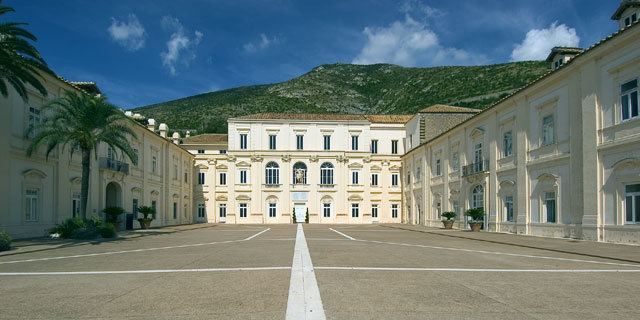
A new village was built for workers' residences, and a large community of silk weavers grew into this industrial town, which in 1789 was deemed the "Real Colonia dei Setaioli" (the Silk Weavers Royal Colony). The king had planned to expand it into a true new city, called Ferdinandopoli, but the project was halted by the French invasion.
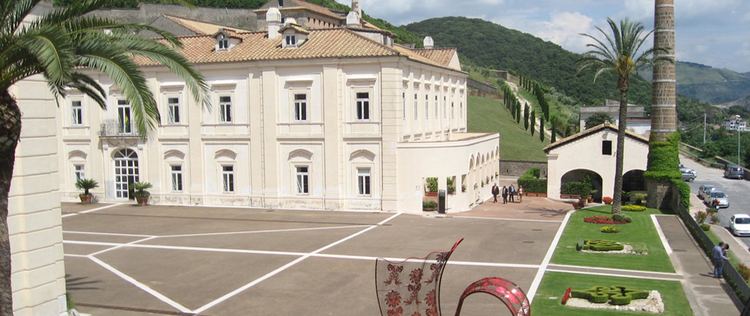
In San Leucio the most advanced technologies known in Europe at the time were used throughout the process to obtain the finished products. The members of the colony had a privileged status with a modern social security system. The revolution of 1799 stopped the complete realization of the Ferdinandopoli, but San Leucio resort had further growth during the French rule from 1806 to 1815.
Today
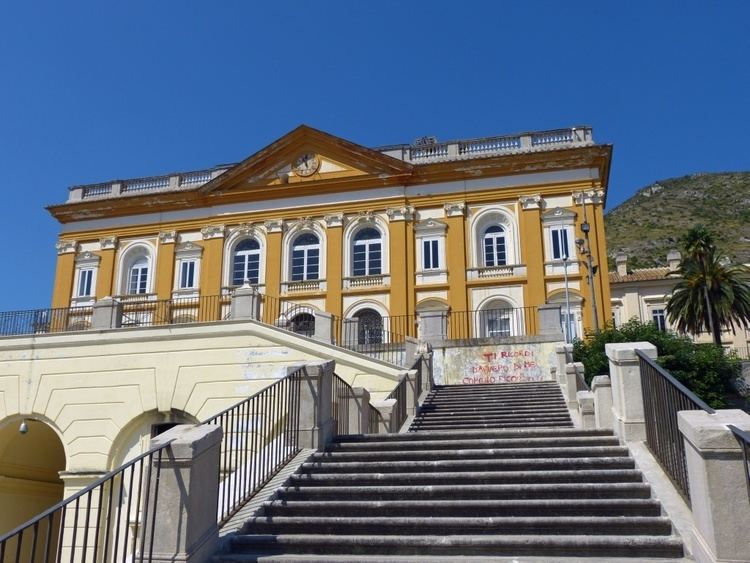
The heritage of King Ferdinand still survives today in the local silk and textile firms, which works on an international scale to elite foreign clients as the Buckingham Palace, the White House, the Quirinale Palace and the Palazzo Chigi.

San Leucio resort is home to a Living Silk Museum with some original old looms and machinery restored and displayed inside the Belvedere courtyard, showing all the phases of silk productions, from the old looms and machinery to finished products. From 1997 San Leucio resort is included in the UNESCO World Heritage List in Europe as part of the site 18th Century Royal Palace at Caserta with the Park, the Aqueduct of Vanvitelli and the San Leucio Complex. From 1999 in summer months at San Leucio the Leuciana Festival is held, to promote the Belvedere of San Leucio and its park.
